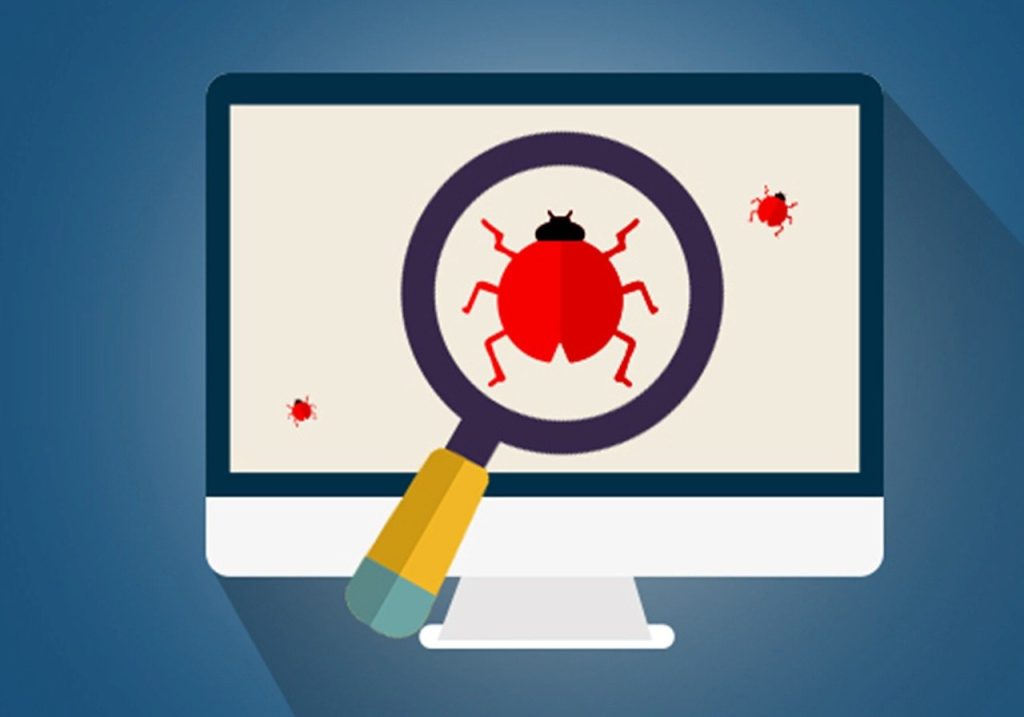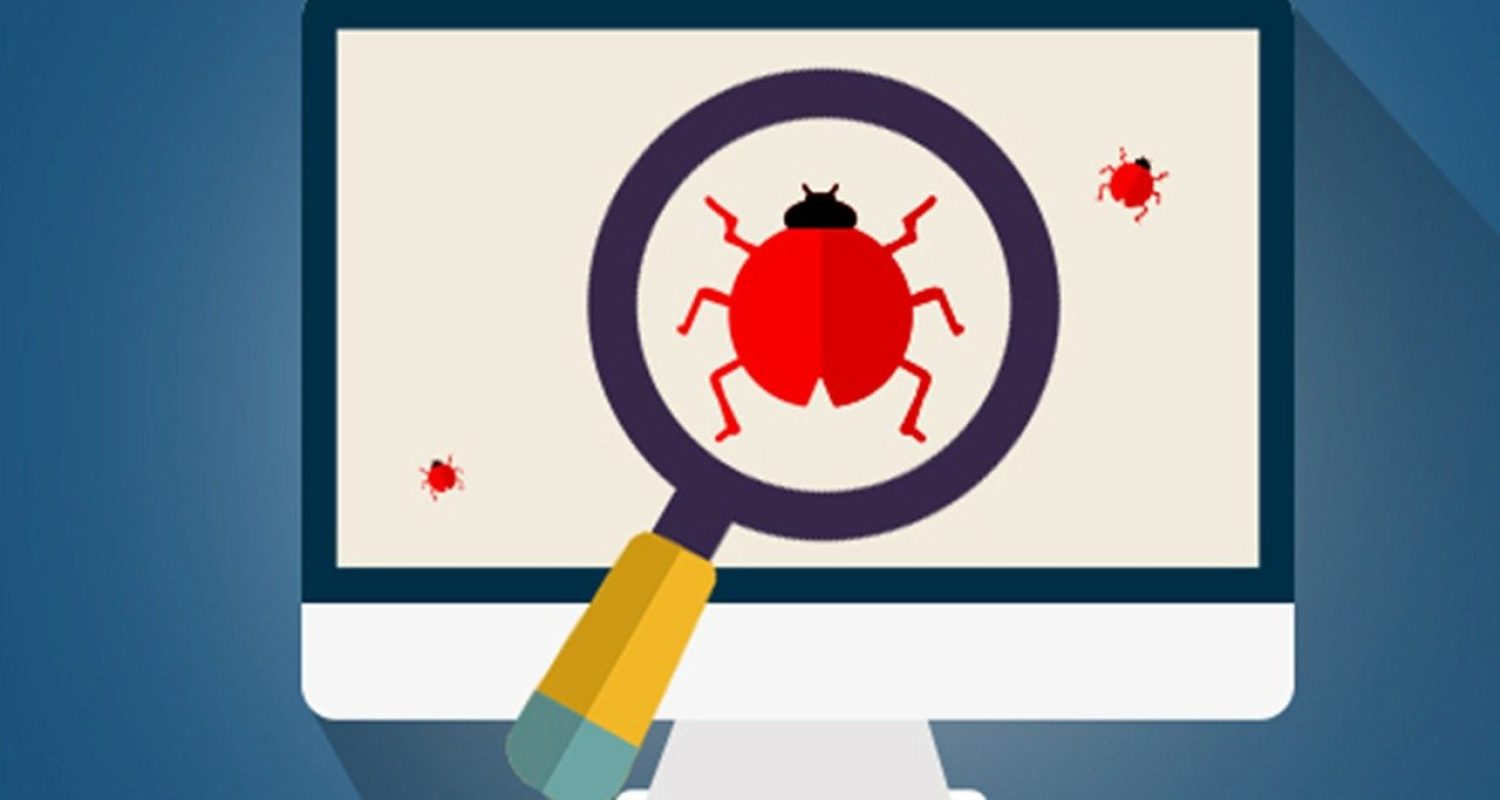
As cybersecurity threats continue to evolve, the importance of penetration testing has never been greater. Penetration testing, often referred to as pen testing, involves simulating cyberattacks to identify vulnerabilities within a system before malicious hackers can exploit them. In 2024, a variety of sophisticated tools are available to assist cybersecurity professionals in conducting effective penetration tests. This blog will explore some of the top penetration testing tools you should know about this year, delving into their features, use cases, and best practices.
What is Penetration Testing?
Penetration testing is a proactive security measure used to assess the robustness of an organization’s security posture. By simulating real-world attacks, penetration testers can identify and rectify vulnerabilities in systems, networks, and applications. The process typically includes planning, scanning, gaining access, maintaining access, and analysis.
Why is Penetration Testing Important?
- Identifying Vulnerabilities: Regular pen tests help uncover weaknesses in your systems before attackers exploit them.
- Compliance: Many regulatory standards, such as PCI-DSS, HIPAA, and GDPR, require organizations to perform regular security assessments.
- Risk Management: Pen testing provides insights that can help organizations prioritize their security efforts and allocate resources effectively.
- Improving Security Awareness: Engaging in penetration testing raises awareness within the organization about security risks and the importance of adhering to security protocols.
Key Trends in Cybersecurity for 2024
As we move further into 2024, several trends are shaping the cybersecurity landscape, impacting how penetration testing is conducted:
- Increased Use of AI and Machine Learning: AI-driven tools are becoming more prevalent in identifying vulnerabilities and automating testing processes.
- Focus on Cloud Security: With the rise of cloud computing, tools are being developed to address vulnerabilities specific to cloud environments.
- Integration with DevSecOps: Penetration testing is increasingly being integrated into the software development lifecycle to ensure security is prioritized from the outset.
- Regulatory Changes: As regulations become stricter, organizations will need to stay updated on compliance requirements, impacting their penetration testing strategies.
Top Penetration Testing Tools in 2024
1. Metasploit
Overview: Metasploit is one of the most well-known penetration testing frameworks available. It provides a platform for security professionals to develop, test, and execute exploits.
Features:
- Extensive library of exploits and payloads.
- User-friendly interface with both command-line and graphical options.
- Support for automated testing through scripting.
Use Case: Ideal for conducting vulnerability assessments and developing custom exploits.
Best Practices:
- Regularly update your Metasploit installation to ensure access to the latest exploits.
- Combine Metasploit with other tools for a comprehensive assessment.
2. Nmap
Overview: Nmap (Network Mapper) is an open-source tool designed for network discovery and security auditing.
Features:
- Hosts and services discovery.
- OS detection and version detection.
- Scriptable interaction with the Nmap Scripting Engine (NSE).
Use Case: Best suited for network reconnaissance, identifying open ports, and assessing network security configurations.
Best Practices:
- Use Nmap in conjunction with other tools to gain a complete picture of network vulnerabilities.
- Take care to use Nmap in a controlled environment to avoid network disruptions.
3. Burp Suite
Overview: Burp Suite is a popular platform for web application security testing. It provides tools for performing a wide range of tasks, from basic scanning to complex attacks.
Features:
- Comprehensive proxy for intercepting web traffic.
- Scanner for identifying vulnerabilities.
- Intruder for automating custom attacks.
Use Case: Excellent for testing web applications for common vulnerabilities like SQL injection and cross-site scripting (XSS).
Best Practices:
- Familiarize yourself with the tool’s various functions to use it effectively.
- Always test in a controlled environment to avoid unintended consequences.
4. OWASP ZAP
Overview: The OWASP Zed Attack Proxy (ZAP) is an open-source web application security scanner designed for finding vulnerabilities in web applications.
Features:
- Automated scanners and passive scanning capabilities.
- A rich set of APIs for automation.
- Support for plug-ins to extend functionality.
Use Case: Great for both automated and manual testing of web applications.
Best Practices:
- Leverage community resources and documentation to enhance your testing.
- Regularly update your tool to benefit from the latest features and security fixes.
5. Nessus
Overview: Nessus is a widely used vulnerability scanner that helps organizations identify potential vulnerabilities in their systems.
Features:
- Comprehensive database of known vulnerabilities.
- Configuration and compliance checks.
- Reporting capabilities to assist in remediation efforts.
Use Case: Ideal for network vulnerability assessments and compliance checks.
Best Practices:
- Schedule regular scans to keep your vulnerability assessment current.
- Utilize the reporting features to communicate findings to stakeholders effectively.
6. Aircrack-ng
Overview: Aircrack-ng is a suite of tools focused on wireless security assessment.
Features:
- WEP and WPA/WPA2 cracking.
- Packet capture and analysis.
- Monitoring and attacking wireless networks.
Use Case: Best suited for testing the security of wireless networks.
Best Practices:
- Conduct wireless testing in compliance with legal regulations and organizational policies.
- Ensure you have permission to test the networks you are assessing.
7. Wireshark
Overview: Wireshark is a powerful network protocol analyzer that allows penetration testers to capture and interactively browse traffic.
Features:
- Deep inspection of hundreds of protocols.
- Live capture and offline analysis.
- Rich filtering capabilities for detailed analysis.
Use Case: Ideal for monitoring network traffic and identifying suspicious activity.
Best Practices:
- Use Wireshark in conjunction with other tools for a multi-faceted approach to network security.
- Always respect privacy and legal boundaries when capturing network traffic.
8. Acunetix
Overview: Acunetix is an automated web application security scanner that checks for a variety of vulnerabilities.
Features:
- Comprehensive scans for SQL injection, XSS, and more.
- Advanced crawling capabilities for complex applications.
- Built-in reporting tools.
Use Case: Perfect for organizations sehhttps://hacktechmedia.com/serviceseking to automate their web application security assessments.
Best Practices:
- Regularly review scan results and remediate identified vulnerabilities.
- Use the reporting features to maintain compliance with security standards.
9. Cobalt Strike
Overview: Cobalt Strike is a commercial penetration testing tool that simulates advanced threat actor tactics.
Features:
- Post-exploitation capabilities and red team engagement.
- Team collaboration features for multi-user environments.
- Integration with Metasploit for enhanced functionality.
Use Case: Best suited for red teaming exercises and advanced penetration testing.
Best Practices:
- Use Cobalt Strike in controlled environments to simulate real-world attack scenarios.
- Ensure all users are trained on the ethical implications of using this tool.
10. SQLMap
Overview: SQLMap is an open-source penetration testing tool that automates the process of detecting and exploiting SQL injection vulnerabilities.
Features:
- Support for a wide range of database management systems.
- Extensive capabilities for data extraction and database takeover.
- Ability to test for various types of SQL injection vulnerabilities.
Use Case: Highly effective for testing web applications that interact with databases.
Best Practices:
- Use SQLMap responsibly and only on systems for which you have explicit permission.
- Familiarize yourself with its features to maximize its effectiveness.
As cyber threats grow in complexity and scale, the importance of penetration testing cannot be overstated. The tools mentioned in this blog represent just a portion of the vast landscape of penetration testing resources available in 2024. Each tool has its strengths and specific use cases, making it essential for cybersecurity professionals to understand how to leverage them effectively.
Incorporating these tools into a comprehensive penetration testing strategy not only helps identify vulnerabilities but also enhances an organization’s overall security posture. By staying informed about the latest tools and trends, you can better prepare for the challenges that lie ahead in the ever-evolving world of cybersecurity.
Whether you’re a seasoned penetration tester or just starting your journey, continuous learning and adaptation will be key to staying ahead in this dynamic field.







